Cutworm Identification
There are five prominent cutworm species of concern in the canola growing areas of Western Canada.
The larval stage is the only damaging stage to canola.
1. Pale Western Cutworm
Identification: Mature larvae are pale grey to greenish grey in colour; head is yellowish-brown.
Distribution: Most commonly found in arid soils of Alberta and Saskatchewan.
Damage: Typically feeds on stems below the soil surface (subterranean feeder); surface feeds only when soil is very hard or wet. Damage appears as holes cut into new leaves.
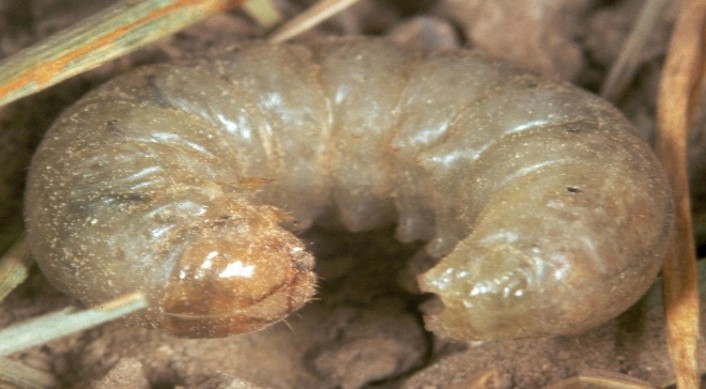
Figure 1. Pale Western Cutworm. Source: Frank Peairs, Colorado State University. Bugwood.org
2. Redback Cutworm
Identification: Mature larvae have two dull red stripes along their back; head is yellowish-brown.
Distribution: Across the Canadian prairies.
Damage: Larvae feed on plants during the night and are inactive during the day; chew on leaves and stems at or above the soil surface (surface feeder).
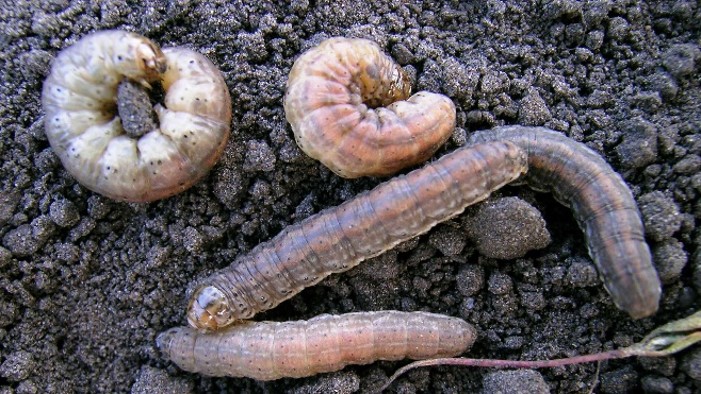 Figure 2. Redback Cutworm. Source: John Gavloski, Manitoba Agriculture and Resource Development.
Figure 2. Redback Cutworm. Source: John Gavloski, Manitoba Agriculture and Resource Development.
3. Army Cutworm
Identification: Larvae are pale green-gray to brown in color with black dots along a pale back stripe. The head is light brown with small dark spots.
Distribution: Arid regions of the prairies; rarely found in Manitoba.
Damage: Larvae feed on plants above ground in late afternoon/early evening (surface feeder).
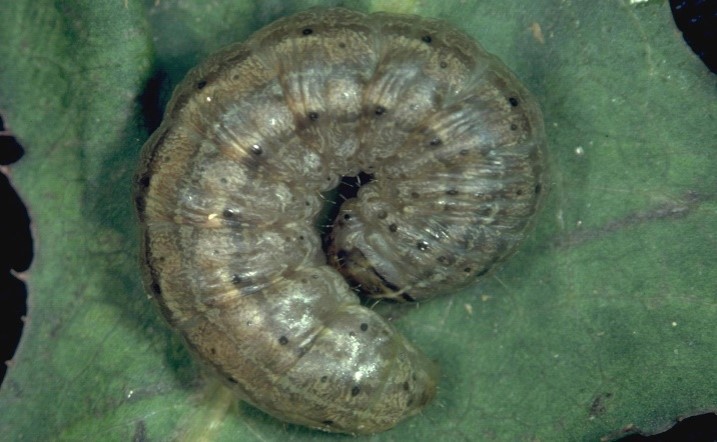 Figure 3. Army Cutworm. Source: Frank Peairs, Colorado State University. Bugwood.org
Figure 3. Army Cutworm. Source: Frank Peairs, Colorado State University. Bugwood.org
4. Darksided Cutworm
Identification: Grayish and shiny in colour with a prominent white stripe along each side just above the legs; dark spots on the head.
Distribution: Canadian prairies; often found in combination with redback cutworms.
Damage: Larvae feed on emerging plants at or below the soil surface at night.
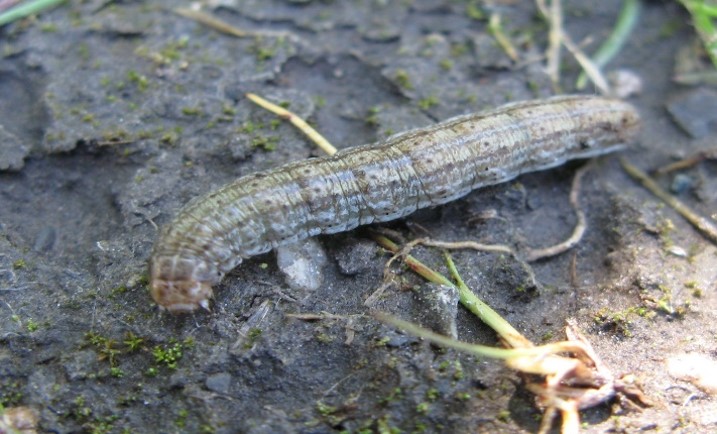 Figure 4. Darksided Cutworm. Source: John Gavloski, Manitoba Agriculture and Resource Development.
Figure 4. Darksided Cutworm. Source: John Gavloski, Manitoba Agriculture and Resource Development.
5. Dingy Cutworm
Identification: Grayish brown in colour with a thin light line down the very middle of the back; somewhat diagonal markings that look like tire tracks (“V’s”) on back; have four equal-sized black dots on the back surface of each abdominal segment.
Distribution: Canadian prairies.
Damage: Larvae climb and feed on leaves; stem feeding is rare.
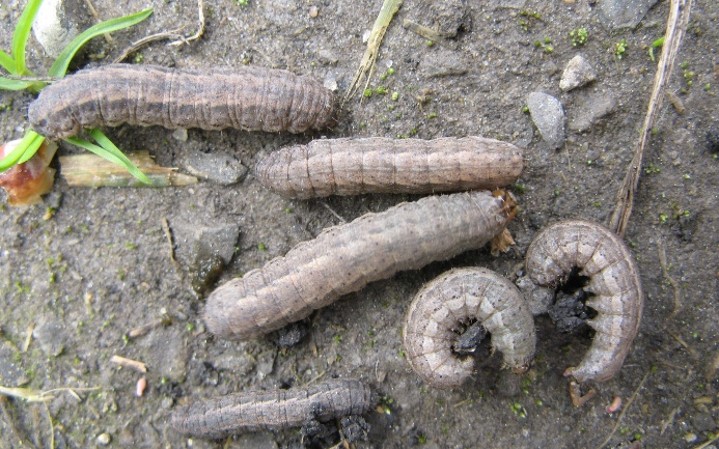 Figure 5. Dingy Cutworm. Source: John Gavloski, Manitoba Agriculture and Resource Development.
Figure 5. Dingy Cutworm. Source: John Gavloski, Manitoba Agriculture and Resource Development.
Cutworm Damage and Management
Symptoms of Damage in Canola
- Cutworms typically cause damage in canola from late May to the first few weeks of June.
- Young larvae go through 6 development stages known as “instars” before they become fully grown.
- Between each instar, the cutworm “molts” or sheds it skin.
- When scouting, cut the cutworm in half and look to see if gullet contents are green. If so, it means the cutworms are actively feeding.
- If gullet contents are grey it means larvae are molting and not actively feeding. This may delay or reduce foliar insecticide efficacy.
- Once the cutworms pupate (go into a cocoon brown like shell) they are done feeding and their damage to the crop is done for the season.
- Depending upon cutworm species, damage can appear as:
- Complete plant consumption from the cotyledon to 5 leaf stage.
- Leaf notching.
- Clipped and drying half cotyledons.
- Leaves of the whole plant left on the soil surface.
Scouting
- Scout fields every 3-4 days during early crop development.
- Many cutworms feed at night which makes scouting difficult.
- Damage generally occurs first on hilltops, south facing slopes or areas with light soil that warm faster.
- Look for bare soil patches in fields or in early evening walk hilltops and watch for bird feeding in areas.
- Dig around roots of plant to scout for cutworm larvae or in dry soil around plants.
- Scout the edge of patches looking under straw or in dry soil (as cutworms do not like wet soil).
- When touched cutworms will curl up into a “C shape.”
Thresholds and Management
- Scout entire fields to determine damage as foliar application of insecticides may be required only in certain areas.
- A nominal threshold of 25 to 35% stand reduction in canola.
- An action threshold of 4 to 6 cutworms per square meter.
- Proactive utilization of seed treatments such as Lumiderm™ insecticide seed treatment provides excellent cutworm control.
- Utilize best management practices (cultural controls, weed control, tillage) as outlined by the Canola Council of Canada (canolacouncil.org)
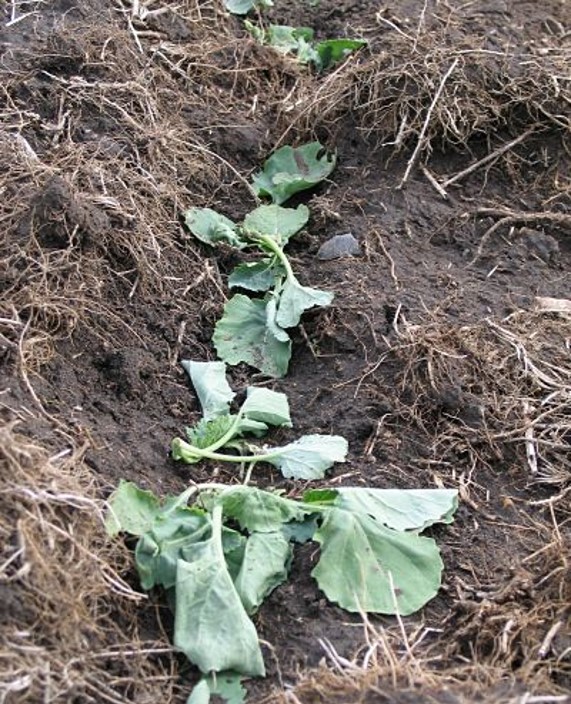
Figure 6. Clipped canola plants due to cutworm feeding. Source: Canola Council of Canada.









 Figure 2. Redback Cutworm. Source: John Gavloski, Manitoba Agriculture and Resource Development.
Figure 2. Redback Cutworm. Source: John Gavloski, Manitoba Agriculture and Resource Development. Figure 3. Army Cutworm. Source: Frank Peairs, Colorado State University. Bugwood.org
Figure 3. Army Cutworm. Source: Frank Peairs, Colorado State University. Bugwood.org Figure 4. Darksided Cutworm. Source: John Gavloski, Manitoba Agriculture and Resource Development.
Figure 4. Darksided Cutworm. Source: John Gavloski, Manitoba Agriculture and Resource Development. Figure 5. Dingy Cutworm. Source: John Gavloski, Manitoba Agriculture and Resource Development.
Figure 5. Dingy Cutworm. Source: John Gavloski, Manitoba Agriculture and Resource Development.